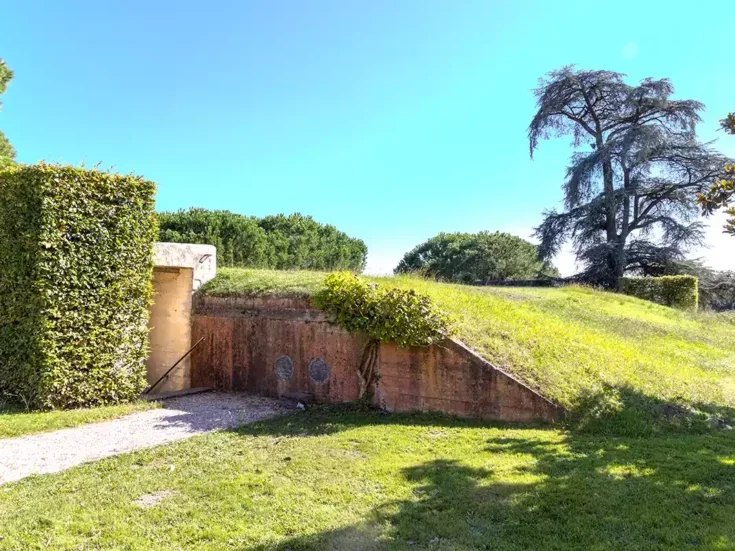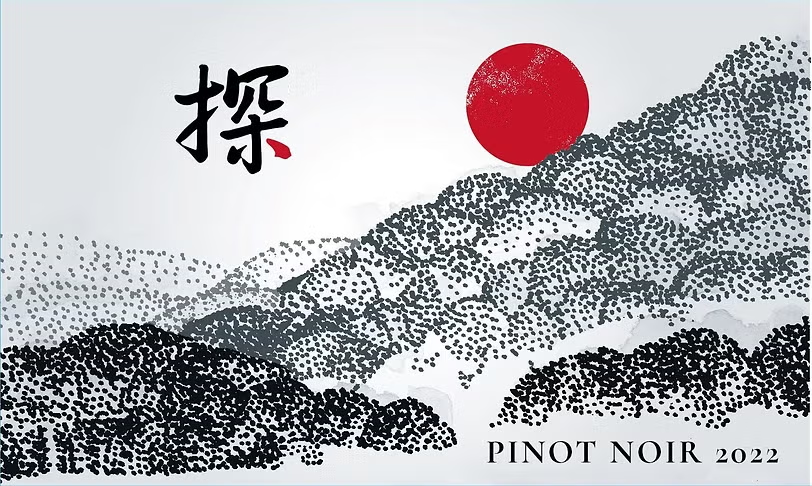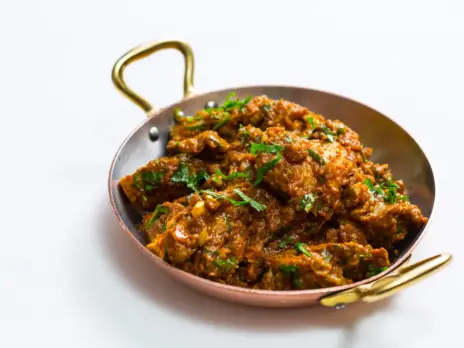
When it comes to the first sparkling wine, we can be certain only of the first recorded sparkling wine—not what we might infer about what happened before. But even dated, documented evidence requires further definition, not least to determine whether it concerns an effervescence that was intentional.
The very first recorded sparkling wine was inevitably of the unintentional ilk, and the most often quoted reference for that particular number one is the bible. But it’s not quite as simple as that.
In the King James Bible, published in 1611, we find in Matthew 9:17, Mark 2:22, and Luke 5:37 a warning that “no man putteth new wine into old bottles: else the new wine doth burst the bottles […] new wine must be put into new bottles.” Obviously, Jesus was not a tech-nerd hellbent on alerting his disciples to the insufficient compressive strength of contemporary glass vessels. He was merely telling a parable to explain why his new teachings were incompatible with the old religious traditions and that his teachings required a new, more adaptable mindset.
The bottles he mentions were not glass bottles, as we discover in the much earlier Codex Sinaiticus (c.325–360 ce), which is the oldest surviving source of the Gospels. Written in Koine Greek, the word used is ἀσκοὺς (askous), which translates as “wineskins” or “leather bags.” They would swell and burst when filled with a wine that was either still fermenting or prone to refermentation, and this suggests that Jesus was well aware of the phenomenon. It’s not, however, proof beyond a date sometime in the mid-4th century.
But we can go back another 200 years to Galen, the most prolific ancient Greek philosopher, physician, and researcher, who wrote (c.169–180 ce) that “Exhalations burst even wineskins and jars, when they are filled up with fermenting must […] jars are burst by the force of expansion through the must as a result of a build-up of gaseous spirits.” This is an indication of unintentional sparkling wine and the “gaseous” cause is quite a remarkable scientific observation for the age.
The first recorded sparkling wine—intentional
Moving on to what is currently the earliest documented evidence of intentional sparkling wine—which comes not from Christopher Merret in 1662 but Francesco Scacchi in 1622. On page 226 of De Salubri Potu Dissertatio, Scacchi wrote that “those who make it their business to produce biting wines are anxious to inhibit the fermentation of their wines [… This] is a practice that is often followed, particularly in France [… In] order to produce the most biting wines the French hold back the fermentation, once the jars have been filled, in such a way that they can be neither stirred nor breathe, to the point where it is not surprising that the jars, being tightly closed in this way, at times burst.”
On page 227, Scacchi further explains “that ‘biting’ or (so-called) piquant wine, does not promote good health, because that sting (or pricking) arises from no other source than an excess of gaseous spirit.” He uses the phrase flatuoso spiritu (albeit paraphrasing Galen, whom he quotes at length), literally meaning “windy air” and translated as “gaseous spirit.” Although Galen understood that wine vessels burst due to a build-up of “gaseous spirits,” it was Scacchi who links this (carbon dioxide) to the “exciting” (or titillating) and “biting” tactile sensation on the palate.
Scacchi continues, “The fermentation of the wine is halted by tightly closing the jars before the bubbling phase has been completed, and for this reason it often happens that the thin, watery, and undigested part of the wine cannot be resolved by the process of bubbling into an exhalation, or, if you prefer, into air, and it is therefore inevitable that when wines are confined in this way they have an enormous abundance of gaseous spirit, since its strong tendency to break out is inhibited [… If] wines of this kind are from time to time drunk from the jars, they can be seen boiling up with great force, and especially so, if the wine is poured into a glass, for then, once the stoppers are removed, those gaseous spirits, which were previously forced to remain quiescent, make a rush, and rapidly travel upwards, so that in that violent movement some foam also bubbles up on the surface of the wine.”
Thus, 40 years before Merret, Francesco Scacchi was the first to document the production of an intentional sparkling wine. He described it as méthode rurale utilizing a rudimentary cuve close system and was also the first to describe how a sparkling wine looks and reacts when poured into a glass. It is proof that somewhere in France winemakers were deliberately producing sparkling wine as early as 1622.
Christopher Merret remains the first to describe the use of a liqueur de tirage, something the Champenois did not adopt until the 19th century. And although Merret said this was used to make “all sorts of wine … drink sparkling,” and he did not specifically mention Champagne or bottles, it had been common in London for vintners to bottle wines since the 16th century, and by 1776 the drinking of “sparkling Champaign” had become so fashionable that George Etherege extolled its virtues in the popular stage comedy The Man of Mode. So while I dislike assumptions, given that we have documentary proof that Champagne was bottled and made sparkling, only conspiracy theorists believe that lovers went to “the Mall and the Park” riding on top of a barrel of “sparkling Champaign.”






